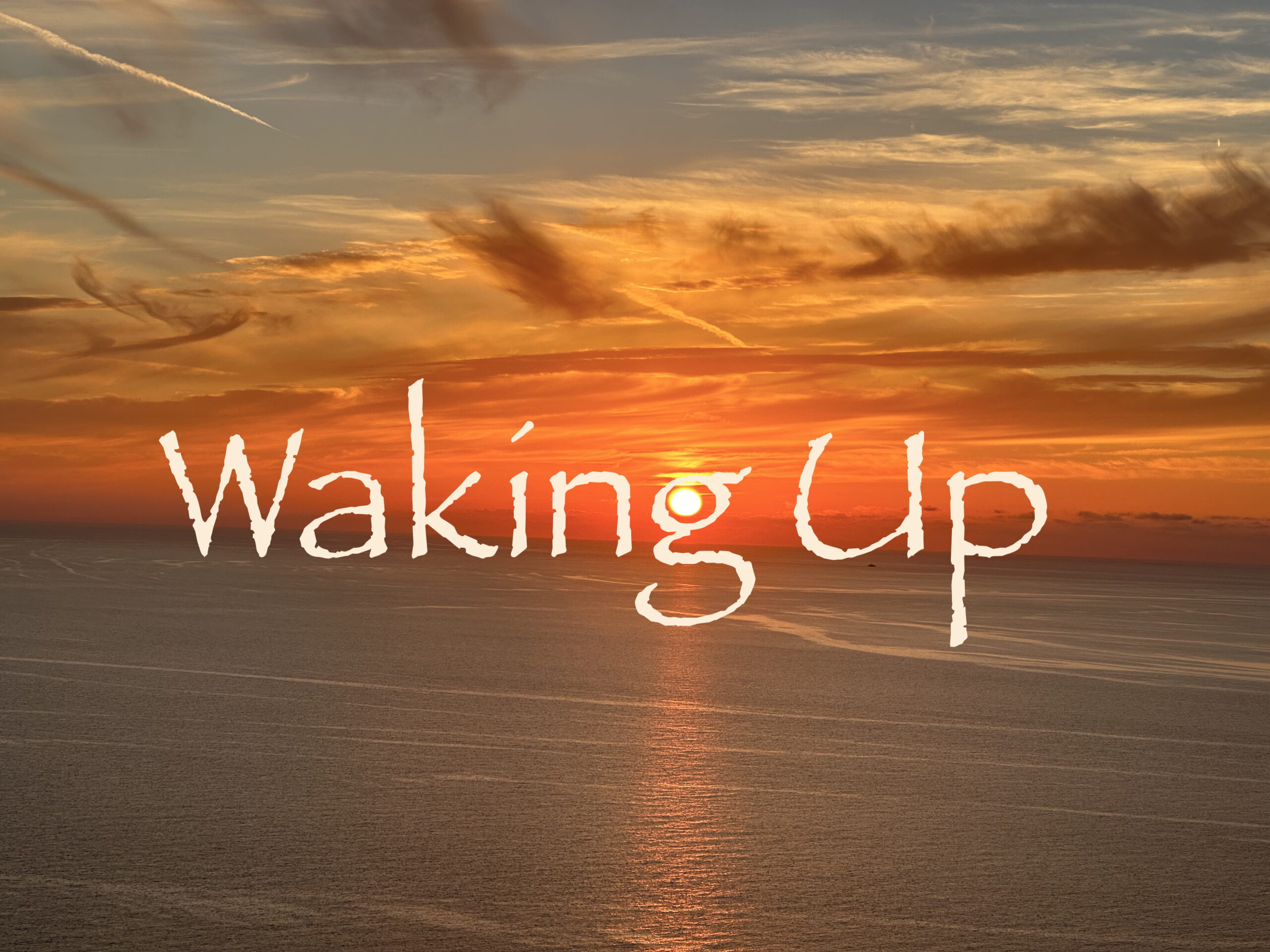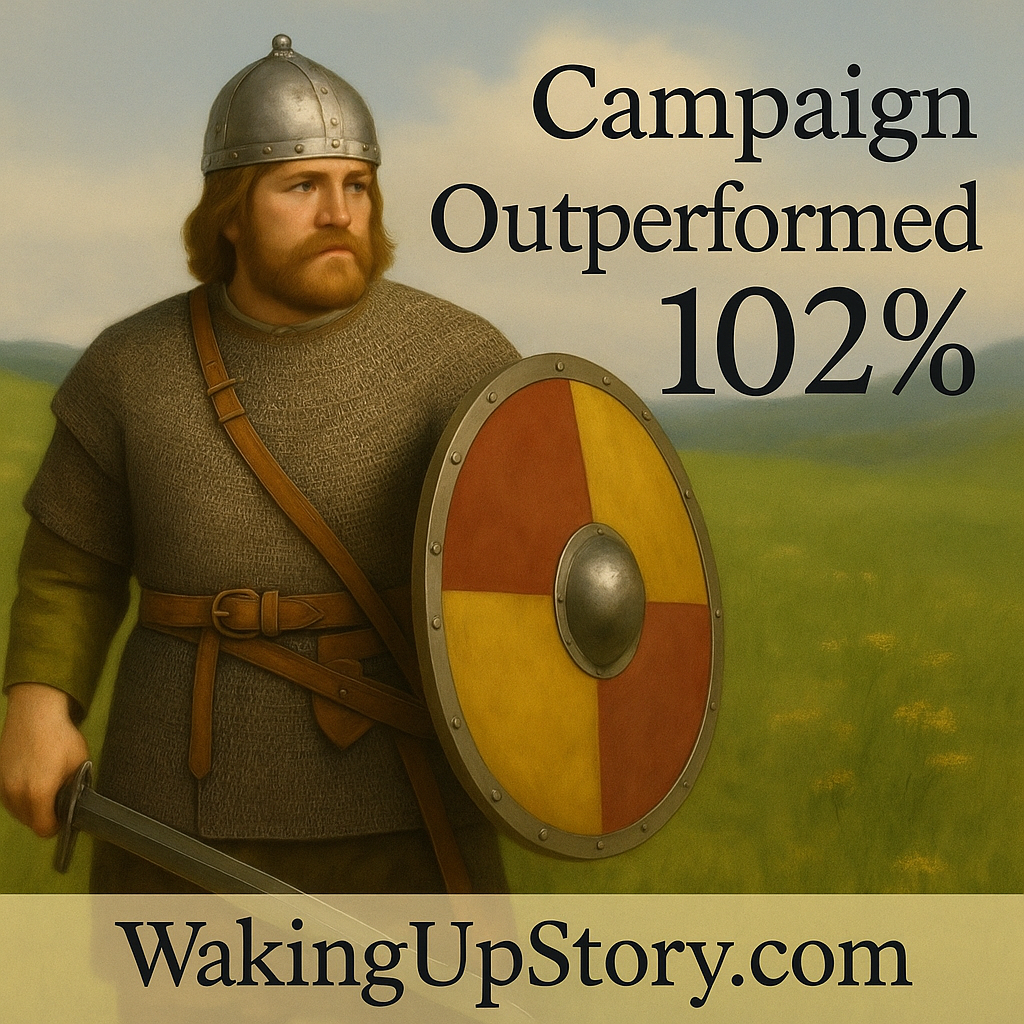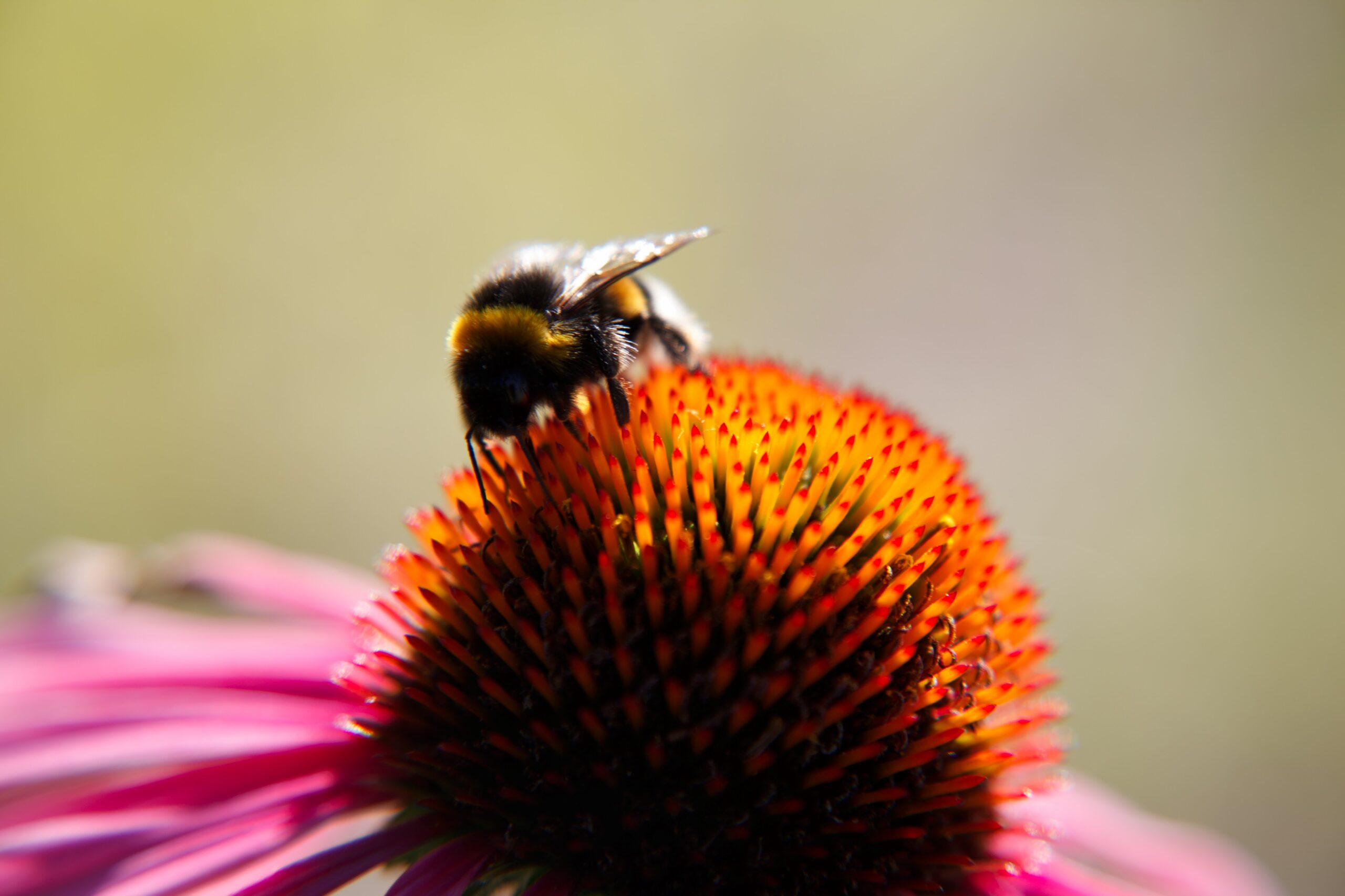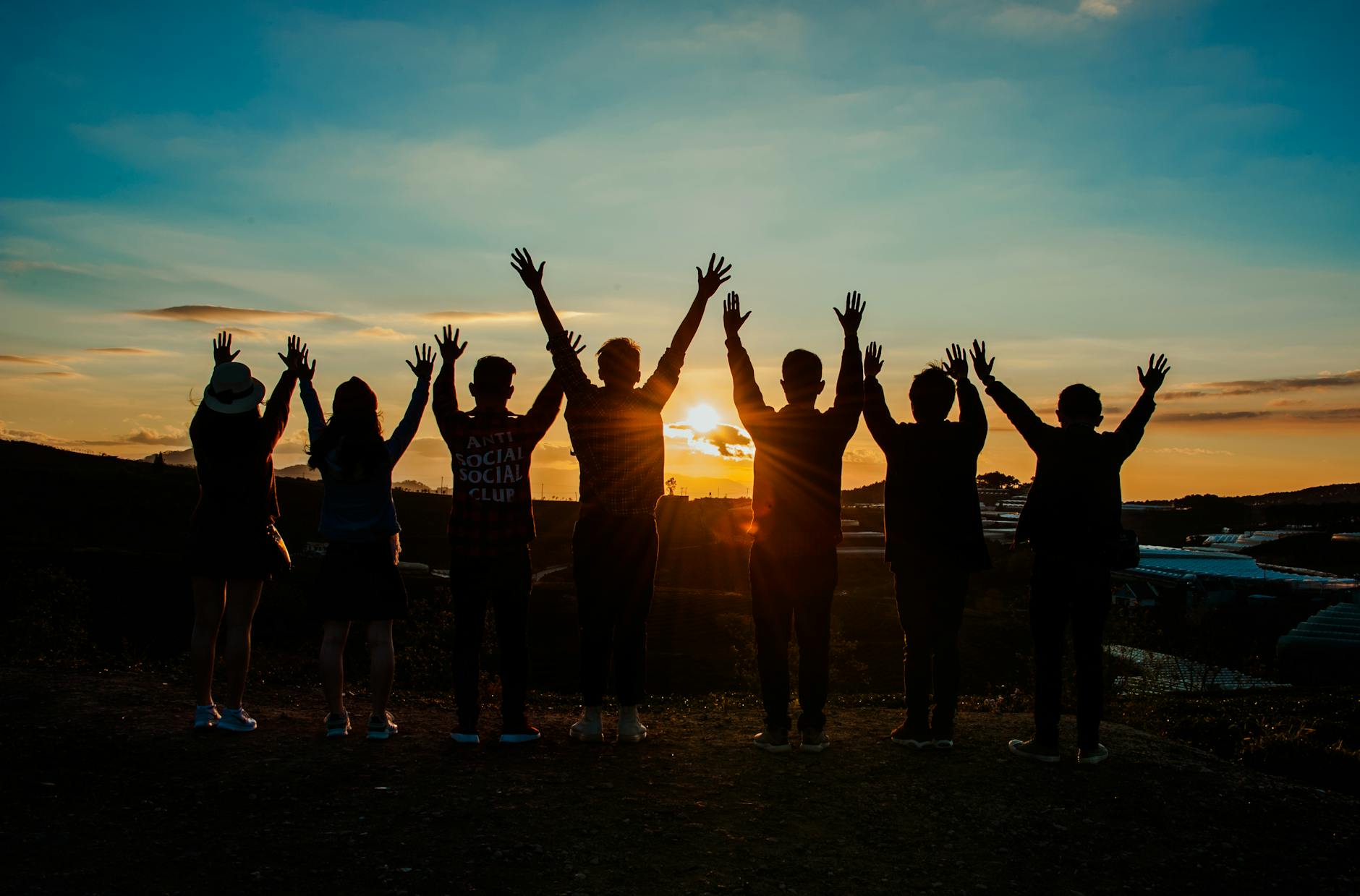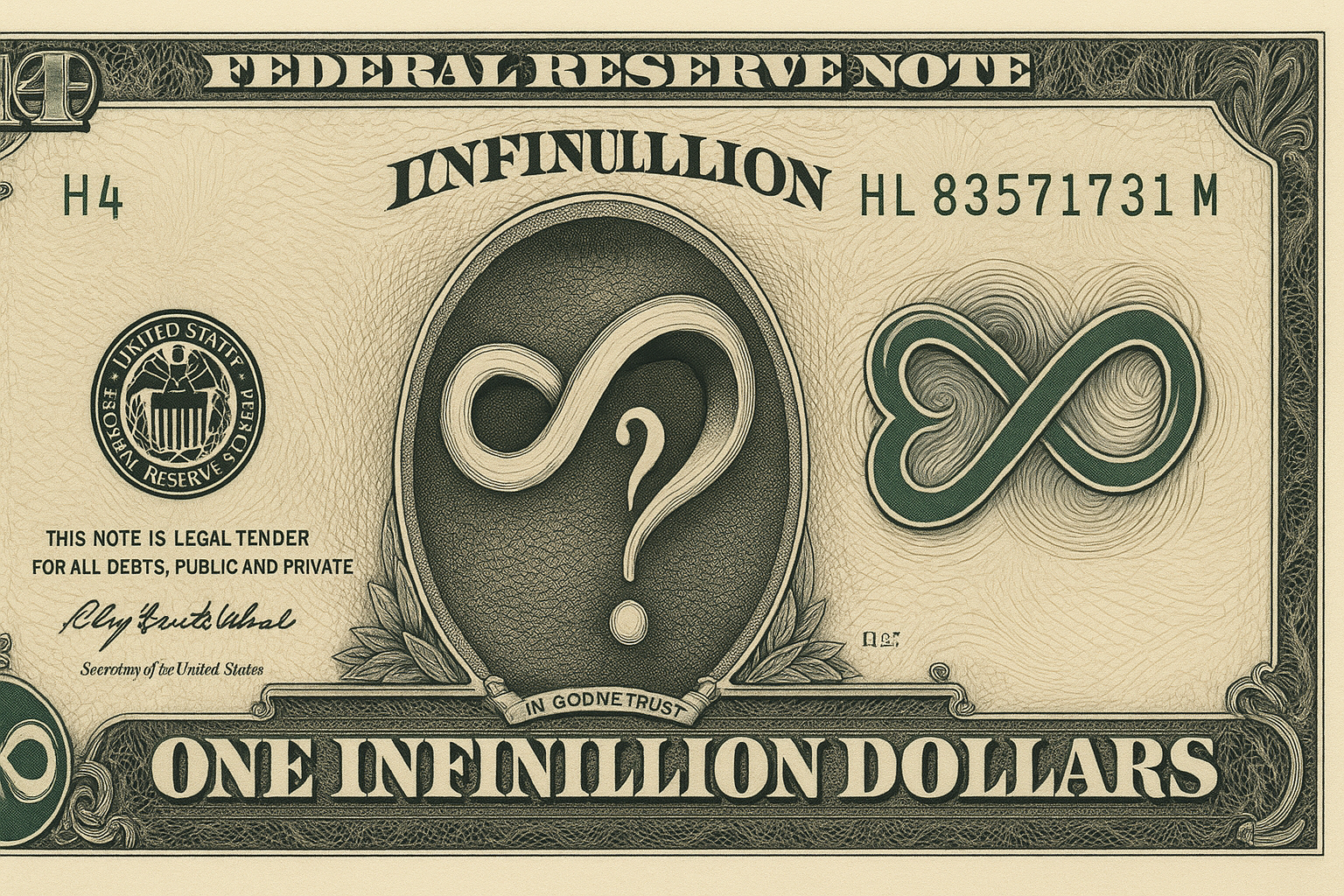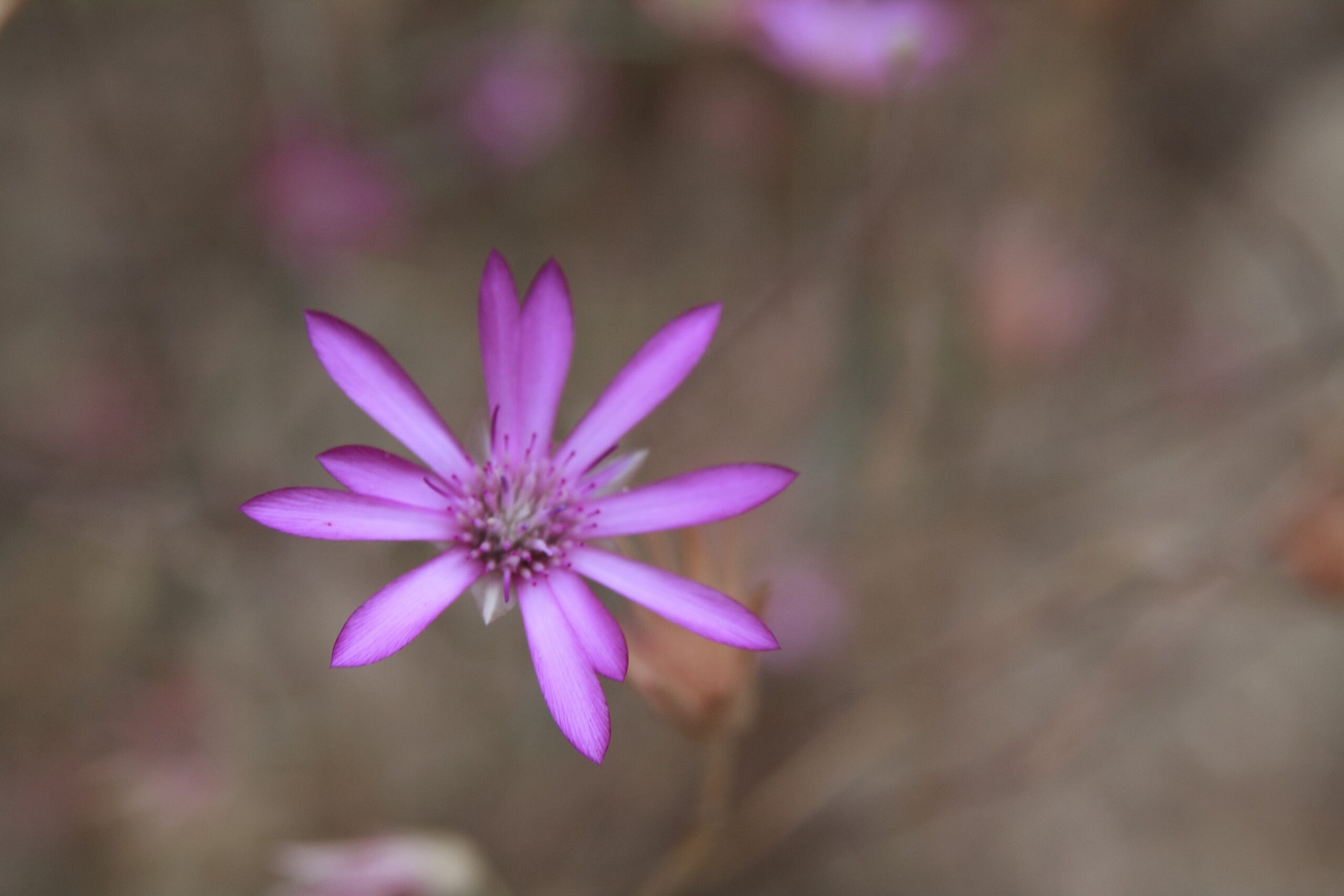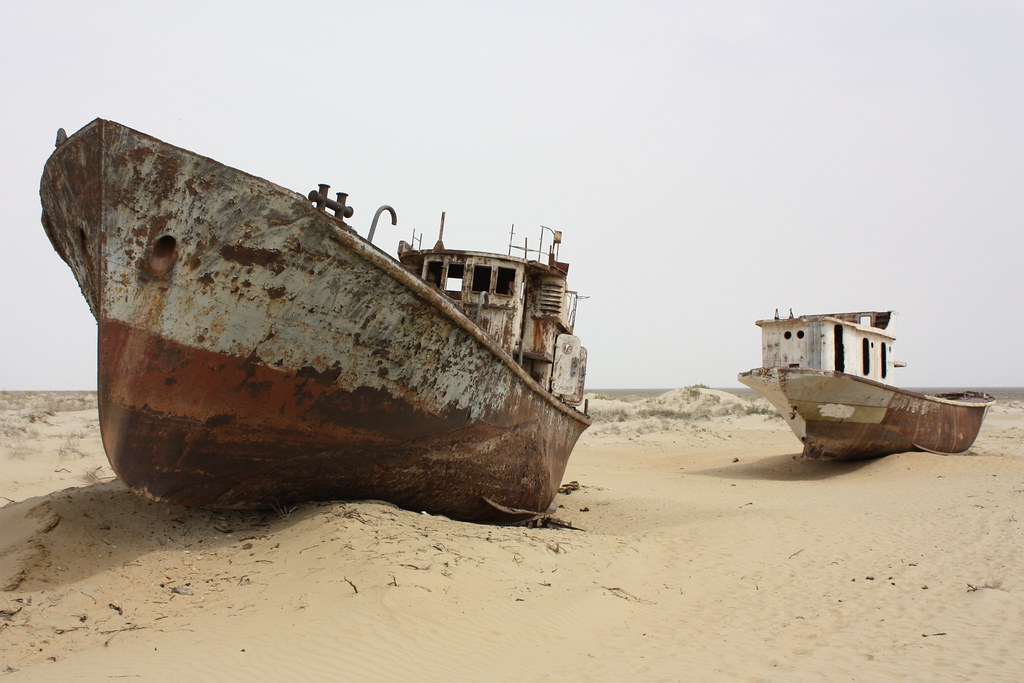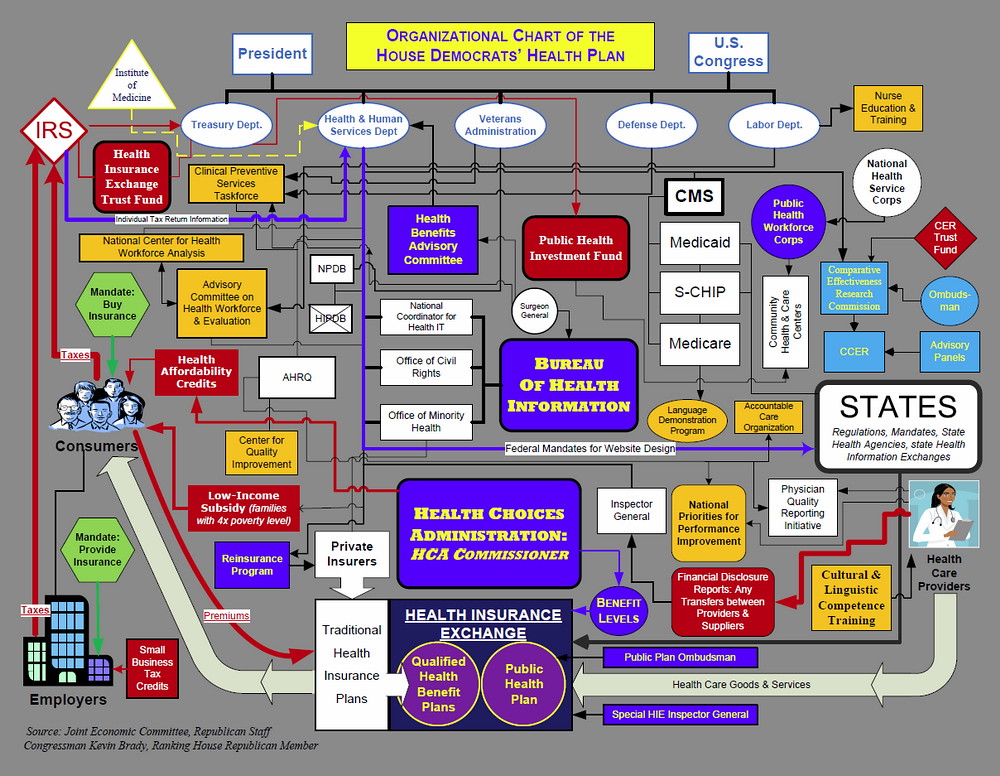This isn’t just a spiritual fantasy; it’s a thought experiment that could reshape our understanding of humanity’s potential. What would happen if, overnight, 8 billion people saw through the illusions of materialism and power? Let’s explore this hypothetical scenario, diving into the immediate chaos, the transformation of society, and the long-term possibilities for a world reborn.
⸻
🌪️ Day One: The Chaos
Picture the scene: it’s October 27, 2025, and at precisely 8:00 AM, a wave of clarity sweeps the globe. Every person, from a farmer in rural India to a CEO in Manhattan, grasps the truth of existence—connection over competition, love over fear. The first hours are chaotic, but not in a destructive way.
The world hits pause.
Workplaces grind to a halt. Politicians mid-speech freeze, drop their scripts, and declare “I’m sorry.”
Stock markets collapse not from fear — but because no one cares about profit anymore.
Pilots land their planes, hug their passengers, and walk into the sunset to meditate.
X melts into a global therapy circle. Billionaires start live-streaming apologies.
Elon Musk tweets: “Turns out rockets were just a distraction from inner peace. Selling everything for a commune on Mars — BYO enlightenment.”
Armies lay down weapons. Dictators call for forgiveness summits.
Banks and governments start erasing all debt.
The Vatican live-streams “We meant well.”
And somewhere, Jeff Bezos stares at a warehouse and whispers:
“Why do I own all this stuff when others have nothing?”
Moments later, he donates it all.
Chaos? Yes.
But it’s a sacred kind — the confusion of humanity waking from a collective nightmare.
⸻
☀️ Day Two: The Calm
Then, silence.
A great, planetary exhale.
The systems built on fear and scarcity simply… stop.
There’s no revolution, no coup — just a quiet realization that competition no longer makes sense.
Former leaders become stewards of the Earth, and take all people with them. Corporations turn into Communities.
Money dissolves, not through decree but through irrelevance.
The same data that once optimized profit now coordinates abundance.
AI becomes a caretaker of harmony — helping match every resource to every need.
No hunger. No hoarding. No ownership — only usership and stewardship, guided by compassion and common sense.
Cities evolve into Cities of Light, radiant ecosystems where architecture follows nature, art, and joy.
Education becomes exploration.
Governments transform into councils of wisdom.
Borders fade, for who can fence the sky?
Humanity steps into what it always was meant to be: a living, creative organism of love.
⸻
🌍 The Reunion of the Human Tribe
And as the light of awareness stabilizes, something beautiful happens.
We stop identifying as nations, classes, or ideologies.
We remember that we’re a single tribe on a small, luminous sphere — spinning together through infinite space.
War becomes unimaginable.
Healing becomes the new free economy.
Art becomes the language of diplomacy.
The world no longer needs saving. It simply needs remembering.
⸻
✨ From Fiction to Possibility
This is the world imagined in Waking Up — A Journey Towards a New Dawn for Humanity:
a world where awakening spreads not by force, but by resonance.
A world where humanity finally grows up, smiles at its own madness, and chooses love.
Maybe it didn’t happen overnight.
But every thought, every act of kindness, every page you turn toward awakening… brings it closer.
⸻
🌅 Call to Action
Dive deeper into the vision of a world beyond money, fear, and separation.
Read Waking Up — A Journey Towards a New Dawn for Humanity today and join the movement of dreamers who dare to imagine the next step in human evolution.
